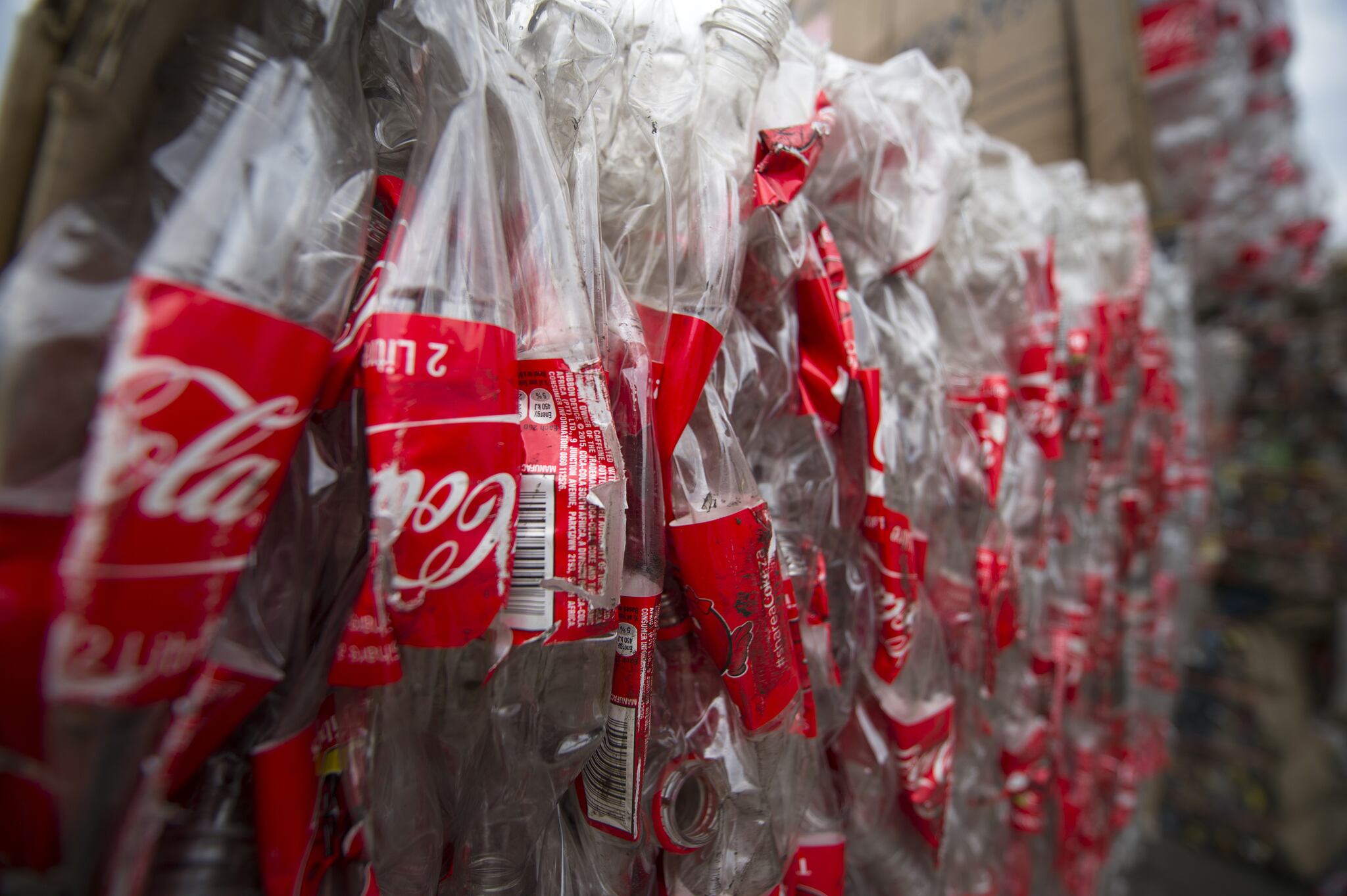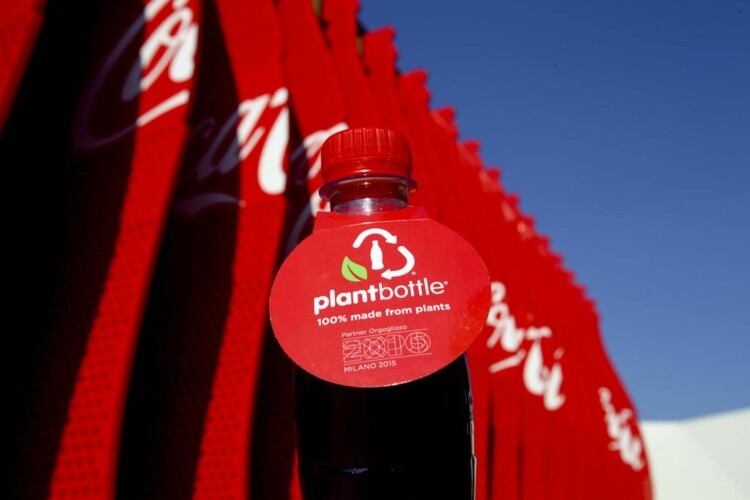Coca-Cola’s commitments in its ‘World Without Waste’ initiative (launched on Friday) also include making all of its packaging 100% recyclable, using 50% recycled content in its packaging, and continuing to reduce the amount of plastic used.
Greenpeace – which has been putting pressure on Coca-Cola over plastic pollution - gives the global giant credit for admitting its role in plastic pollution and increasing recycled content. But it says that – at a time when momentum to ditch single use plastics is growing - Coca-Cola has not included any targets for reduction in its announcements.
Here are the highlights from Coca-Cola's global commitments - along with Greenpeace's reaction.
Collecting all packaging
Coca-Cola: “By 2030, for every bottle or can the Coca-Cola system sells globally, we aim to help take one back so it has more than one life.” Coca-Cola says it will do this by investing marketing dollars in explaining how to recycle, and support collection of packaging from other companies. It will also work with local communities, industry partners, customers and consumers to address litter.

Greenpeace: “Coca-Cola’s pledge to work with local and national partners to collect the equivalent of 100% of their packaging and to inspire their consumers to recycle sounds good – but what it actually means isn’t clear. Is it investment in publicity campaigns? Investment in deposit schemes? How much money is actually being committed? We will be urging Coke to be more transparent about the detail behind this soundbite.”
There’s more on how these commitments will work in Europe here.
Making packaging 100% recyclable
Coca-Cola: “To achieve its collection goal, The Coca-Cola Company is continuing to work toward making all of its packaging 100% recyclable globally.”
Greenpeace: Greenpeace criticizes the lack of deadline for this target, and points out that plastic bottles are recyclable already. It points to Coca-Cola European Partners as an example of a more convincing commitment: “Coke Europe has gone a bit further and pledged to make their packaging recyclable or reusable by 2025 – which could be significant and help reduce the number of bottles that choke our oceans.”
Using 50% recycled content
Coca-Cola: The company aims for its bottles to be made from 50% recycled content on average by 2030 globally. “The goal is to set a new global standard for beverage packaging,” it says.
Greenpeace: Greenpeace notes this is a ‘big improvement’ (it quotes the current global average as 7%) but questions why Coca-Cola hasn’t targeted 100% recycled content. “On the same day that Coca-Cola made this pledge, evian has announced that it plans to create plastic bottles using 100% recycled content by 2025. It remains unclear why Coca-Cola cannot match evian.”
Plant-based materials

Coca-Cola: In 2009 Coca-Cola introduced its PlantBottle packaging which is made up from 30% plant-based materials. In 2015 it showcased a bottle made completely from plant materials, but there is no word on when this might be used on a commercial scale. Coca-Cola hasn’t set any specific plant-based plastic targets, but says the development of plant-based resins is an area it will be working on.
Greenpeace: “Bottles made from plants (or bio-plastics as they are known) aren’t as green as they sound. The problem is that bioplastic acts just like plastic in a marine environment. They become choking and entanglement hazards for wildlife and break down into microplastics causing the same environmental harm. Also scaling-up the production of single-use bioplastics raises serious concerns about the diversion of land that could otherwise be used to grow food crops. Plant bottles are not the answer.”
The last word…
Coca-Cola: “This is the next step in the Company’s ongoing sustainability efforts, building off success in replenishing an estimated 100% of the water it uses in its final beverages. These efforts are part of the Company’s larger strategy to grow with conscience, by becoming a total beverage company that grows the right way.
“Bottles and cans shouldn’t harm our planet, and a litter-free world is possible. Companies like ours must be leaders. Consumers around the world care about our planet, and they want and expect companies to take action. That’s exactly what we’re going to do, and we invite others to join us on this critical journey.”
Greenpeace: “The bigger point is it’s not enough for Coca Cola to try and offset its huge plastic footprint by investing in a bit more recycling at the same time as it sells billions more bottles each year. China’s refusal to accept more plastic waste, and the resulting backlog in plastic exporting nations, shows that we can’t recycle our way out of this mess while we continue to make the mess bigger – which we why need the drinks giant to make moves on reduction.”
